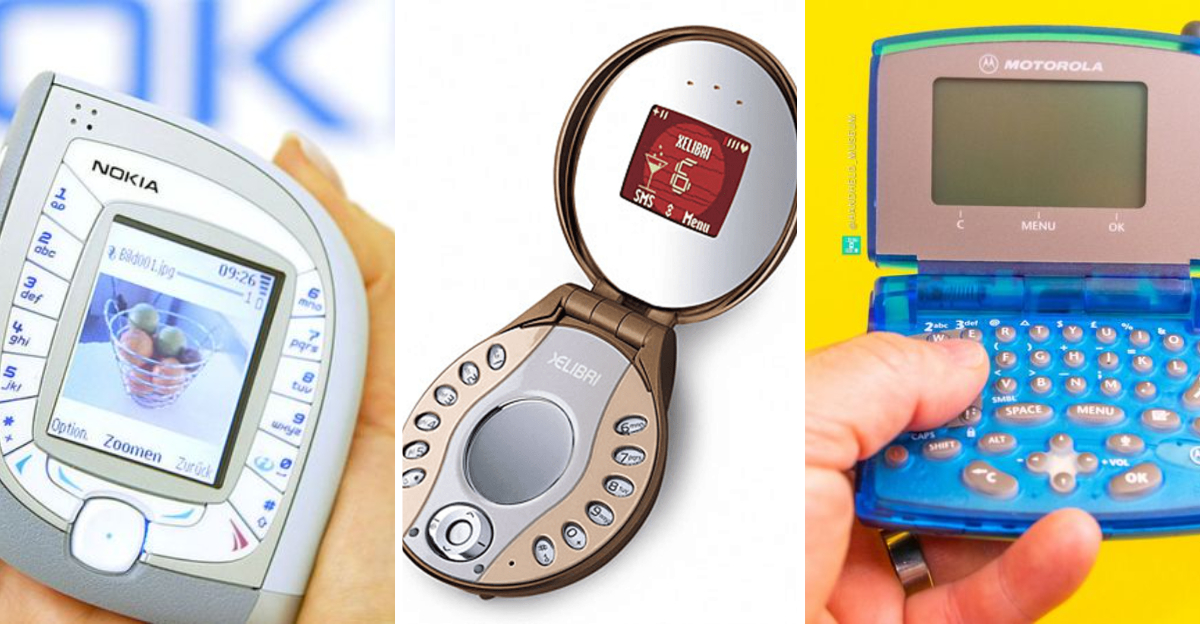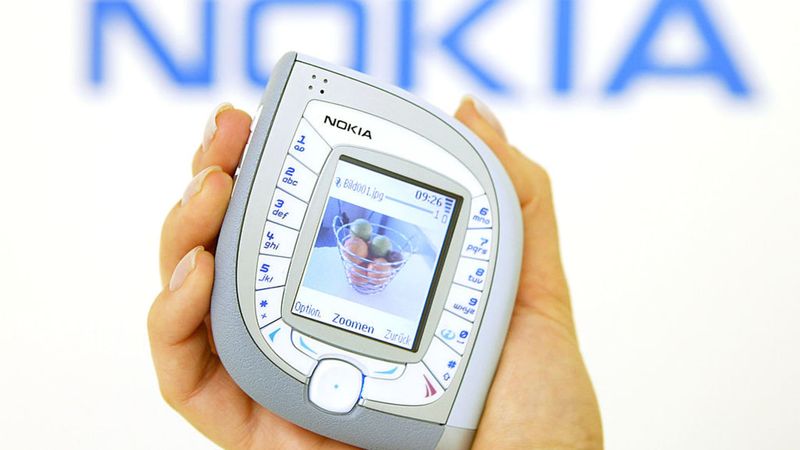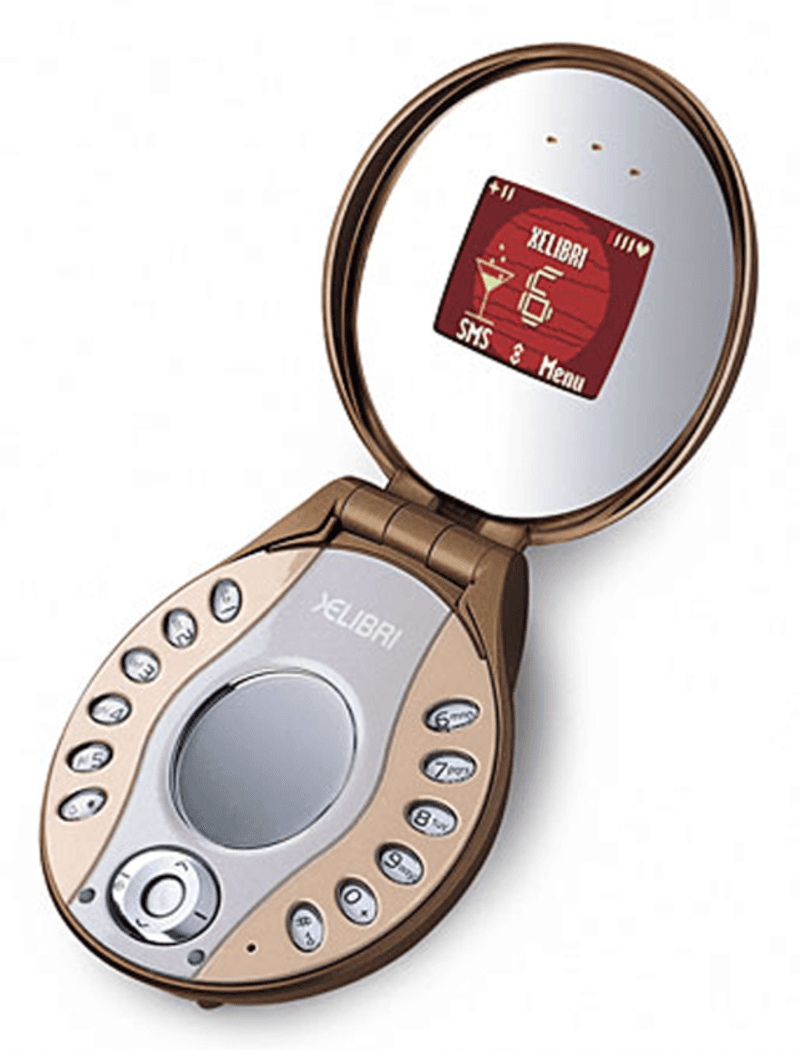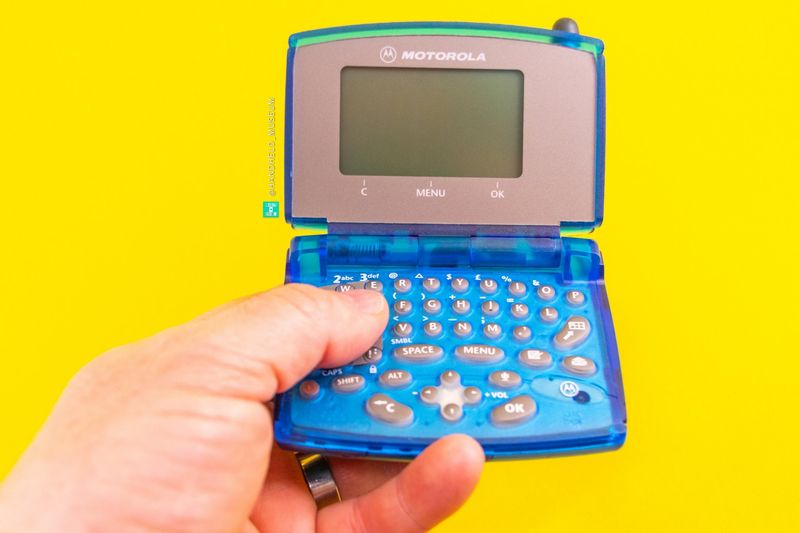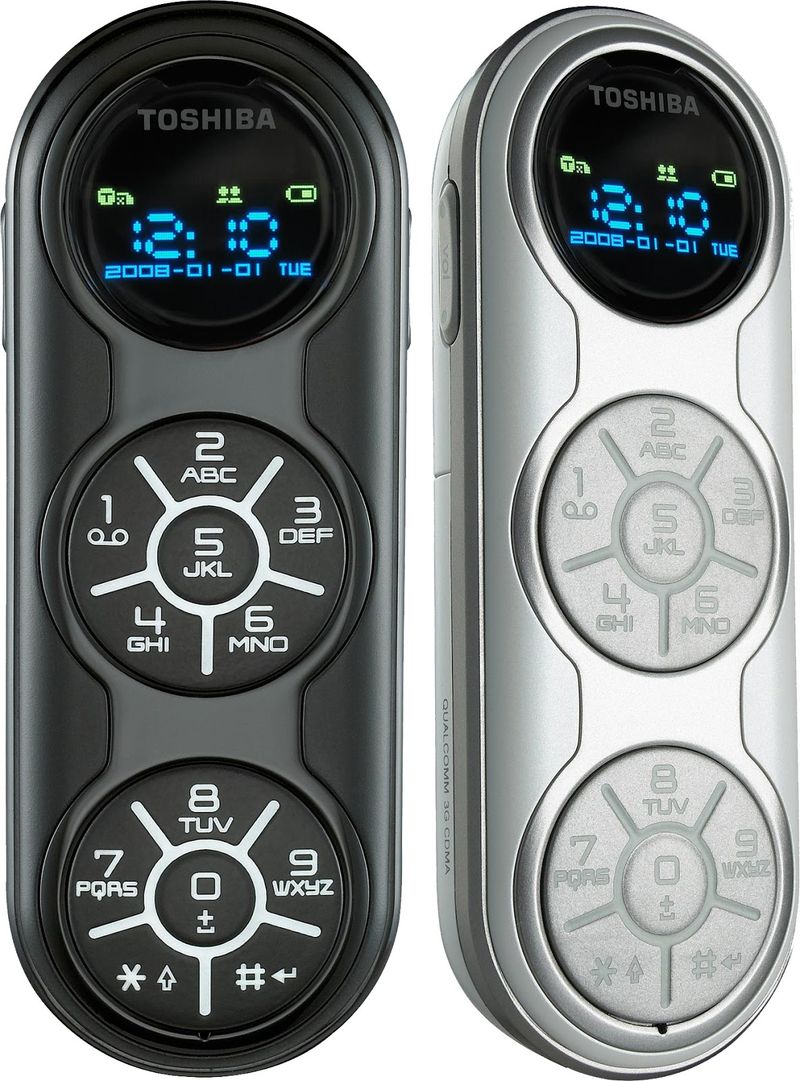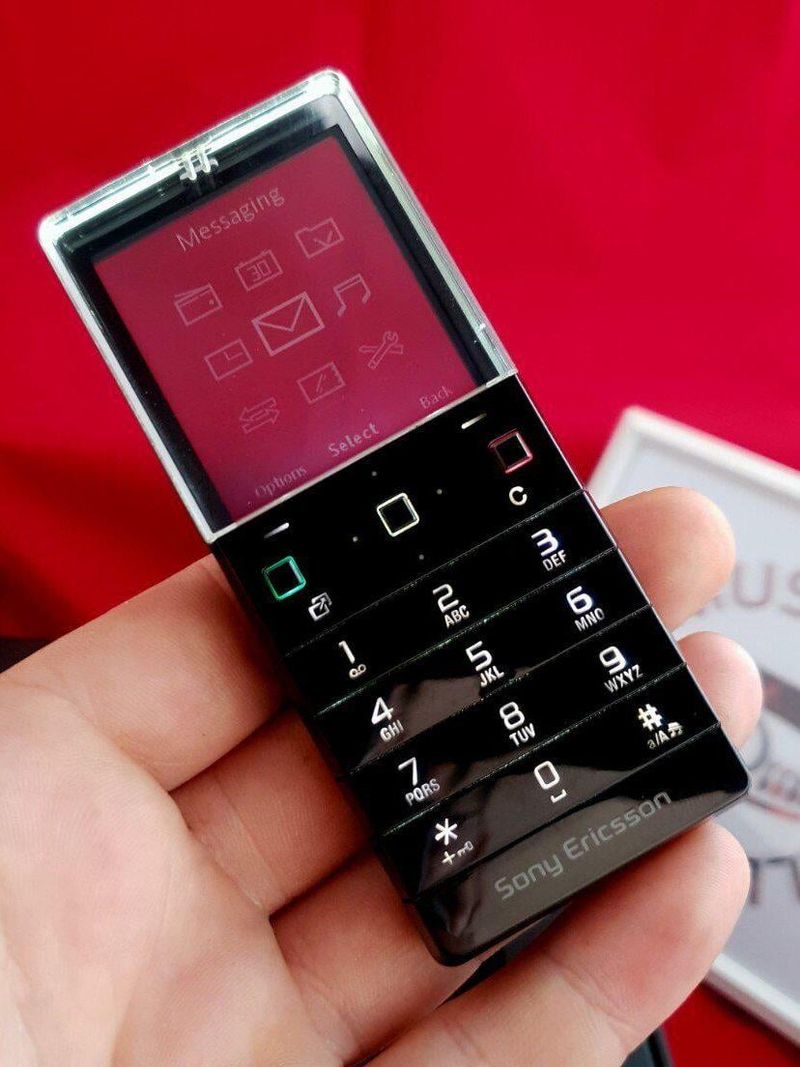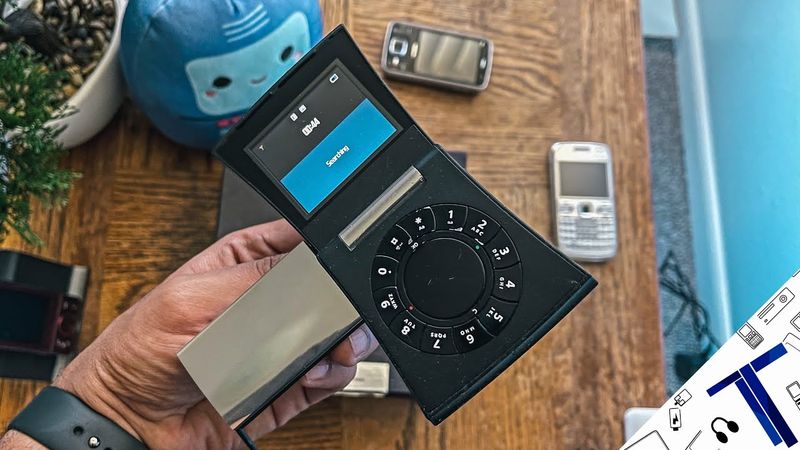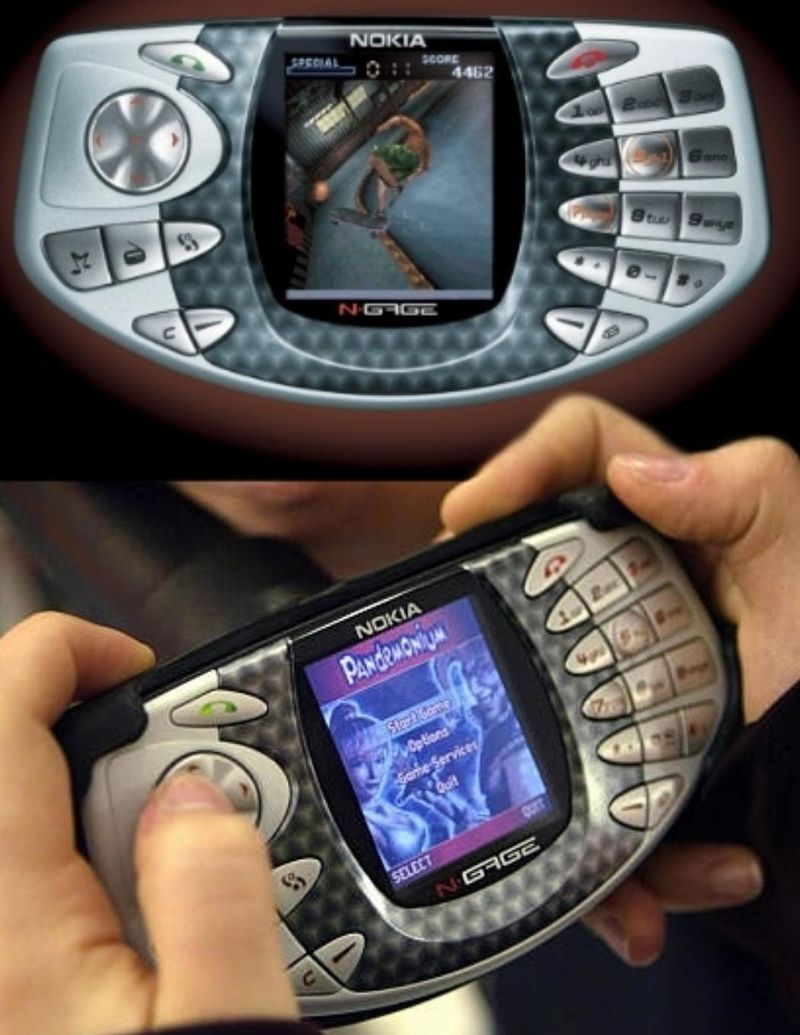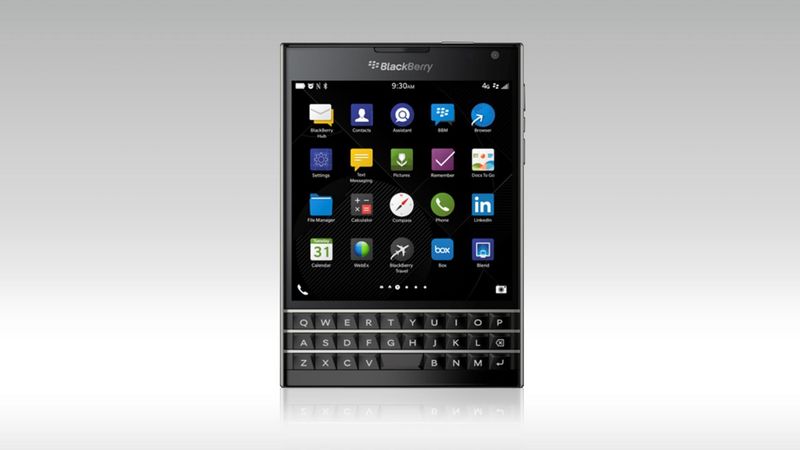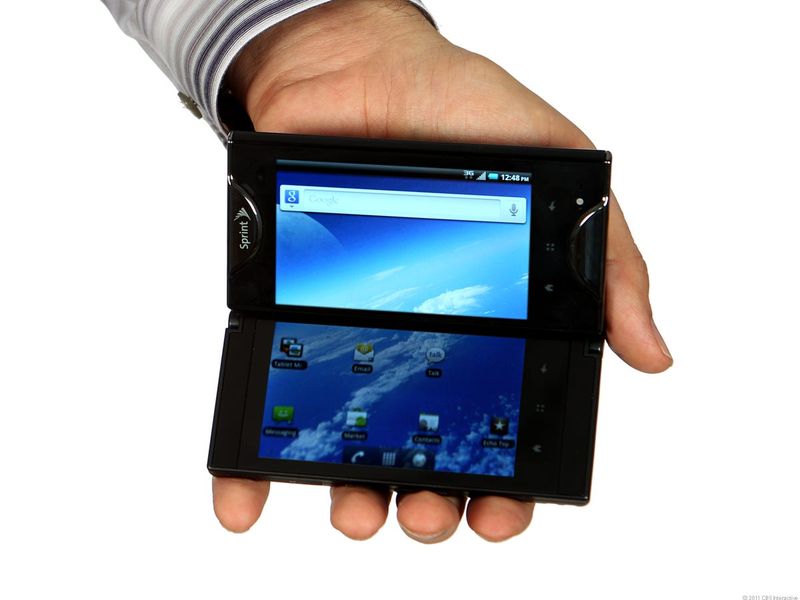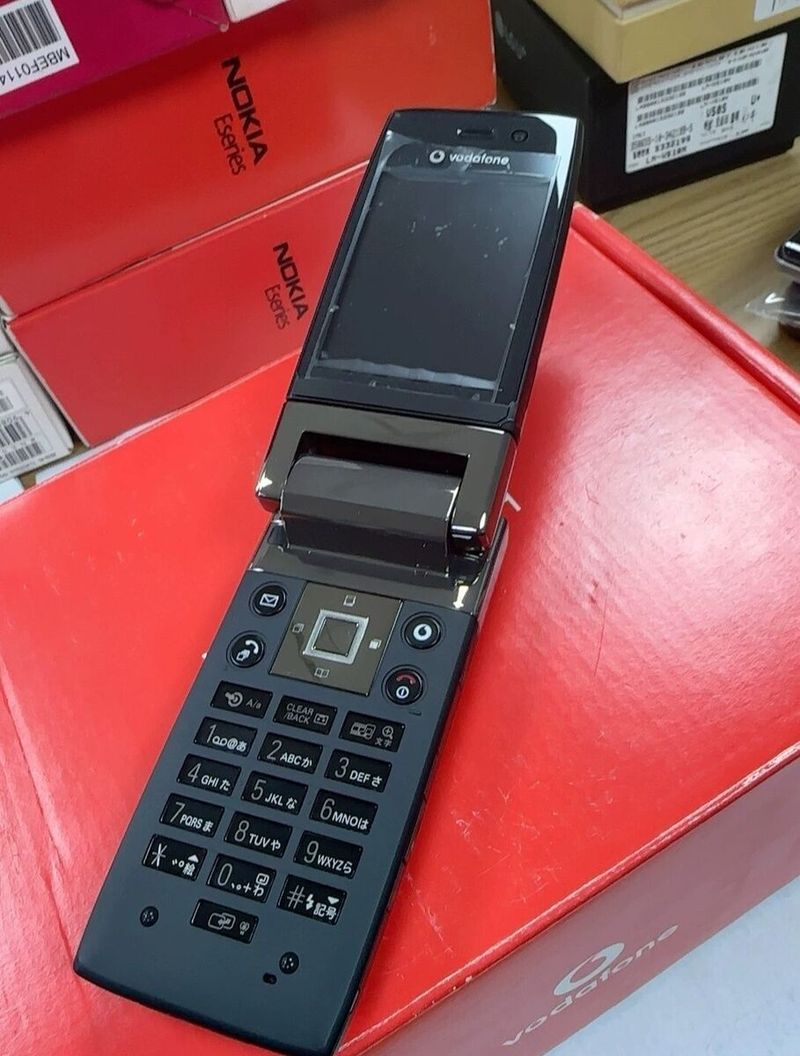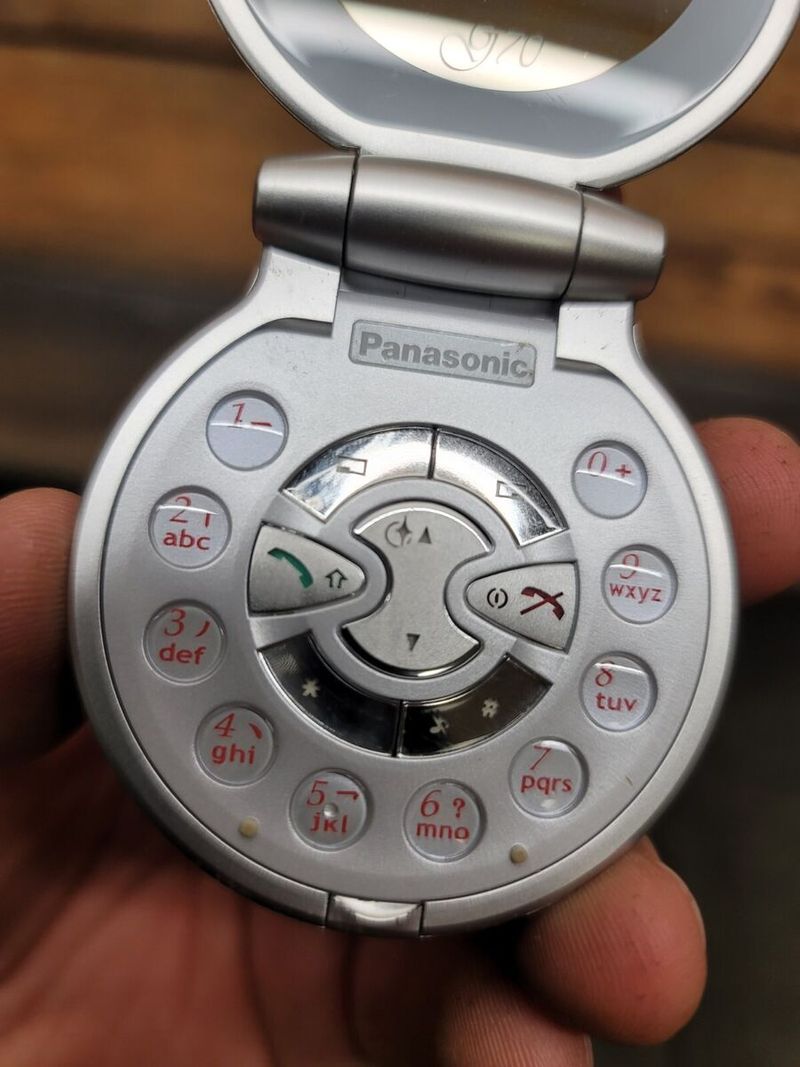The evolution of mobile phones has been marked by innovation, creativity, and sometimes downright weirdness. From unusual shapes to quirky designs, these phones have fascinated us over the decades. Here are 12 bizarre mobile phones that have left a lasting impression.
Nokia 7600
The Nokia 7600 was a teardrop-shaped phone that looked more like a fashion accessory than a communication device. Released in 2003, it was one of the first 3G phones.
Its unique design featured a central screen with keys surrounding it, making texting an unusual experience. Despite its odd shape, the phone was loved by fashion enthusiasts looking for something different.
The Nokia 7600 may not have been the most practical phone, but it certainly made a statement. Its quirky design is still remembered fondly by those who appreciate avant-garde technology.
Siemens Xelibri 6
Siemens Xelibri 6 resembled a compact makeup mirror more than a phone, with its circular shape and reflective surface. Launched in 2004, it was part of Siemens’ fashion phone line.
Targeted at style-conscious consumers, it was more about aesthetics than functionality. The Xelibri 6 was quirky, with minimal features but maximum style appeal.
Though it lacked advanced technology, it served as a statement piece. Its design challenged the conventional phone’s form factor, appealing to those who valued looks over features.
Motorola V100
The Motorola V100 looked like a cross between a Game Boy and a mobile phone. Released in 2000, this translucent turquoise device was equipped with a full QWERTY keyboard.
It targeted teenagers who loved texting, with its fun and interactive design. The V100 was more than just a phone; it was an entertainment gadget.
Despite its odd appearance, it became popular among those who appreciated its playful style. The Motorola V100 is remembered for its attempt to blend gaming aesthetics with mobile functionality.
Toshiba G450
Toshiba’s G450 looked nothing like a typical mobile phone. Released in 2008, it featured a minimalist cylindrical design with three circular keypads.
Its functionality was limited but included calling, texting, and serving as a USB modem. The G450 was an exercise in breaking design norms, appealing to tech enthusiasts who admired its daring look.
This phone wasn’t for everyone, but it intrigued those who wanted something different. Its avant-garde approach made it a memorable piece of technology.
Sony Ericsson Xperia Pureness
Sony Ericsson’s Xperia Pureness was a phone that embraced minimalism with its transparent screen. Launched in 2009, it stood out with a design focused purely on aesthetic purity.
The phone emphasized simplicity, with limited features but a striking visual presence. Its clear display was a conversation starter, appealing to those who valued design simplicity.
Though not packed with features, it offered a unique experience. The Xperia Pureness is a reminder that sometimes less is truly more.
Samsung Serene
Samsung, in collaboration with Bang & Olufsen, created the Serene, a phone that looked like a futuristic gadget. Released in 2005, it featured a circular clamshell design.
The phone was more about luxury than utility, with a unique keypad and rotating display. It catered to those who appreciated design over function.
The Serene wasn’t everyone’s cup of tea, but it found fans among design enthusiasts. It remains a testament to the creativity that can be applied to mobile technology.
Nokia N-Gage
The Nokia N-Gage combined a mobile phone with a handheld gaming device. Released in 2003, it was shaped like a taco, or a gaming controller.
Aimed at gamers, it offered both communication and entertainment in one device. Despite its innovative concept, it faced criticism for its awkward design.
Nevertheless, it gained a cult following and is fondly remembered by gaming enthusiasts. The N-Gage was Nokia’s bold attempt at merging gaming with mobile technology.
BlackBerry Passport
The BlackBerry Passport broke away from the conventional rectangular phone design with its square shape. Launched in 2014, it featured a wide screen and a physical keyboard.
Designed for productivity, the Passport catered to business professionals who valued screen space and keyboard efficiency. It was a phone for the corporate world.
Though not universally loved, it stood out for its unique design and functionality. The BlackBerry Passport remains a memorable deviation from standard phone design.
Kyocera Echo
Kyocera’s Echo was a dual-screen phone that transformed into a tablet-like device. Released in 2011, it featured two touchscreens that could be positioned side by side.
It aimed to provide multitasking capabilities, appealing to tech enthusiasts who wanted more from their phone. The Echo’s design was innovative but faced challenges in practicality.
Its ambition was commendable, but it struggled to find a mainstream audience. Nevertheless, the Echo’s legacy lives on as a precursor to modern foldable phones.
Vodafone 904SH
The Vodafone 904SH was ahead of its time with face recognition technology. Released in 2006, it was one of the first phones to offer this futuristic feature.
Its slider design included a camera capable of recognizing the user’s face to unlock the device. This innovation was a glimpse into the future of mobile security.
Though not widely adopted, it set the stage for future advancements in biometric technology. The 904SH remains a pioneering step in phone security.
Panasonic G70
The Panasonic G70 featured a distinctive swivel design, allowing the phone to open in an unusual way. Released in the early 2000s, it captured attention with its mechanical elegance.
The design was more about aesthetics than practicality, appealing to those who enjoyed unique engineering. It was a conversation piece, more than a communication tool.
The G70’s unconventional design remains a highlight in mobile innovation. Its mechanical charm is remembered by those who owned one.
